
Ok so two of my closest mates (Jimmy and Angelo) had both spent the preceding week and month respectively in Sweden and both raved about how good it was.
My mate Angelo has been coming for years and catching up with some local friends and Jimmy was catching up with family.
So Sweden got quite the buildup before we had even arrived therefore our expectations were high.
At 450,295 square kilometres and a population of a bit over 10.6 million, Sweden is the largest Nordic country and the fifth-largest country in Europe. Sweden has been inhabited since prehistoric times, c. 12,000 BC. A unified Swedish state was established during the 10th century and in 1397, Sweden joined Norway and Denmark to form the Scandinavian Kalmar Union.
The Swedish Viking Age lasted from the eighth to the eleventh century with Swedish Vikings travelling east and south, going to Finland, Estonia, the Baltic countries, Russia, Belarus and Ukraine. Stockholm is the capital and Gothenburg is the home of Volvo.
Stockholm
The city of Stockholm is situated on fourteen islands and on the banks of the archipelago where Lake Mälaren meets the Baltic Sea.
Our entry to Sweden was on an overnight ferry (more like a cruise ship) from Finland. This meant that we sailed in past some of the 267,570 islands that Sweden has to offer.
This made for a pretty spectacular way to enter a country.
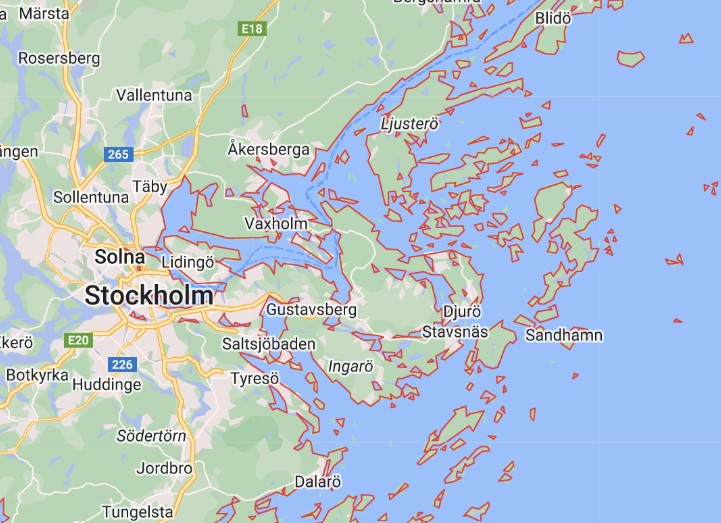
After landing we grabbed a car from the docks to our hotel, which was quite literally right next door to the central railway station (we would leave by train). Once settled we headed straight for a flea market that we had passed on the drive in. As it turned out, the market was being held in the square in front of the Stockholm concert house (Konserthuset) which was built after WWI. Since 1926, the Nobel Prize in medicine, physics, chemistry and literature has been awarded (on 10 December each year) in this concert hall.




The flea market was more flea than market, so we took some happy snaps and continued our journey. This saw us getting to Sergels torg a public square with a sunken pedestrian plaza and a distinctive grey and white triangular design. As we tend to do, we were wandering in the general direction of the palace but got distracted by funky looking buildings. The first that we saw was Saint Jacob’s Church.





Around the corner and we were in the Kungstradgarden, a long and impressive greenspace linking the city heart to the water.







The Kungliga Opera House that is home to the Royal Swedish Opera and the ballet company. As seems to be the way, the entire side facing the water was covered in scaffolding. But as in Helsinki, they did leave the front relatively clear.



As you cross the bridge you find yourself on a tiny little island and a park called the Riksplan, a public park with the Swedish Parliament house (Riksdagshuset) on your right.



And directly across from that is Gamla stan, the old part of the city that holds important things like the Royal Palace and Museums (Kungliga Slottet). We arrived at about 1pm to see hundreds of people starting to mass at the gates. A snappy google search told us that the changing of the guard would take place at quarter past. We started to hang about, but about three tour bus loads later and we decided to walk away.










Storkyrkan Cathedral is the oldest church in Stockholm and lies in the centre of Gamla stan, between the Palace and Stortorget, (the old main square of Stockholm).
It was built in the 13th century and currently serves as the seat of the Bishop of Stockholm.
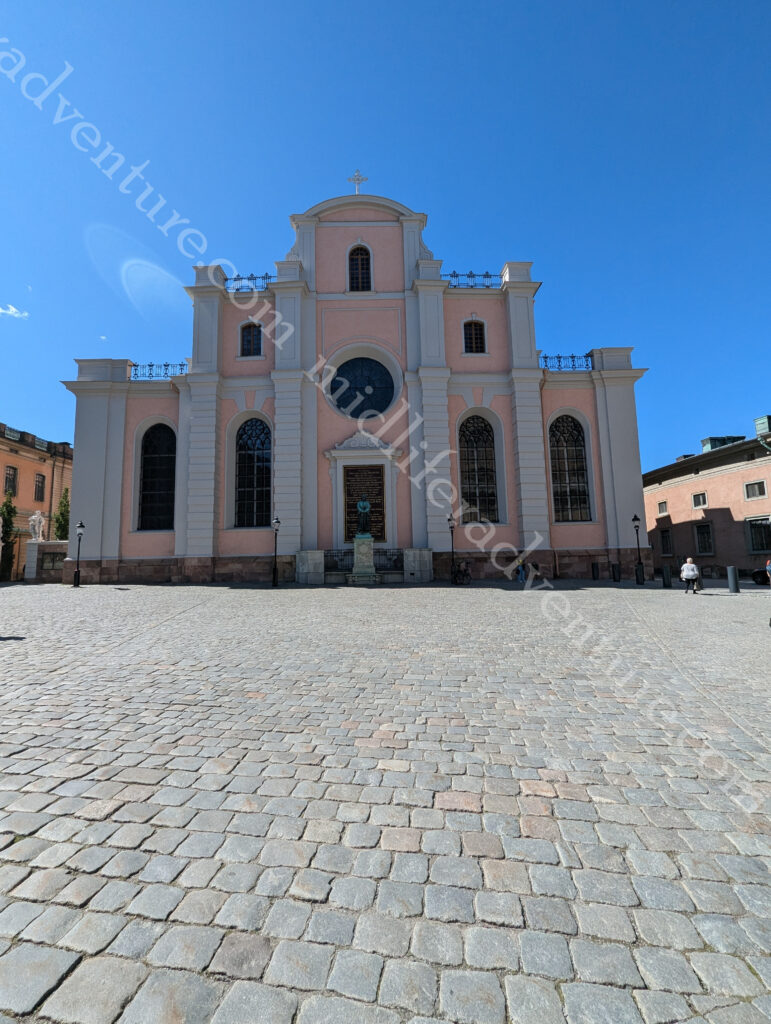
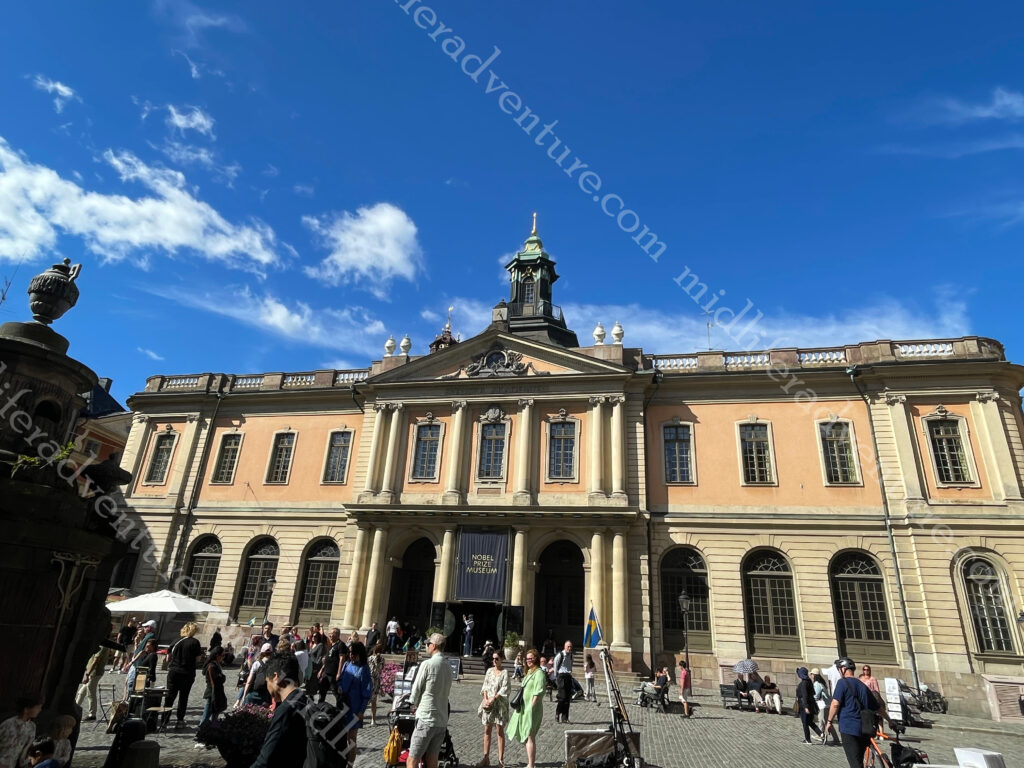
Also on the Gamla Stan Island you will find the Nobel Prize Museum, a small museum with vast content.
Just across from Gamla Stan is another small island that is home to the Riddarholmen, the church of the former medieval Greyfriars Monastery. It is the largest church in Sweden and serves as the final resting place of most Swedish monarchs. We have seen quite the number of churches over the years, this one is up there with the best.



With Jimmy having just left Sweden, he talked up a couple of beverages that he rated particularly highly. So based on his recommendation we headed to a venue, ordered his suggestions, and then tinkered with some others. Fair enough to say that they were not terrible and we slowly sipped our way through the afternoon.





Having blitzed the old town area all that was really left was to wander the streets and check out the mix between old and new that Stockholm has to offer. It was pretty similar to Helsinki, but somehow felt so much more interesting. I cannot explain why but the feel here in Stockholm was much more welcoming.













Gothenburg
Gothenburg is the second-largest city in Sweden, with a population of about 600,000 and 1.1 million in the broader metro area. The city isn’t actually called Gothenburg, in Swedish the city is named Göteborg, roughly pronounced yaw-ta-bore(g). Founded in 1621 it quickly became a major commercial fishing and shipbuilding hub, and later the birthplace of Volvo.
It sits on the west coast of Sweden and has been ranked as the world’s most sustainable city for the last six years running. Gothenburg was the first city in the world to issue green bonds to stimulate investment in solutions to climate change. Almost all the city’s hotels are eco-certified and plans to develop a zero-emissions transport zone in the downtown district are well underway.


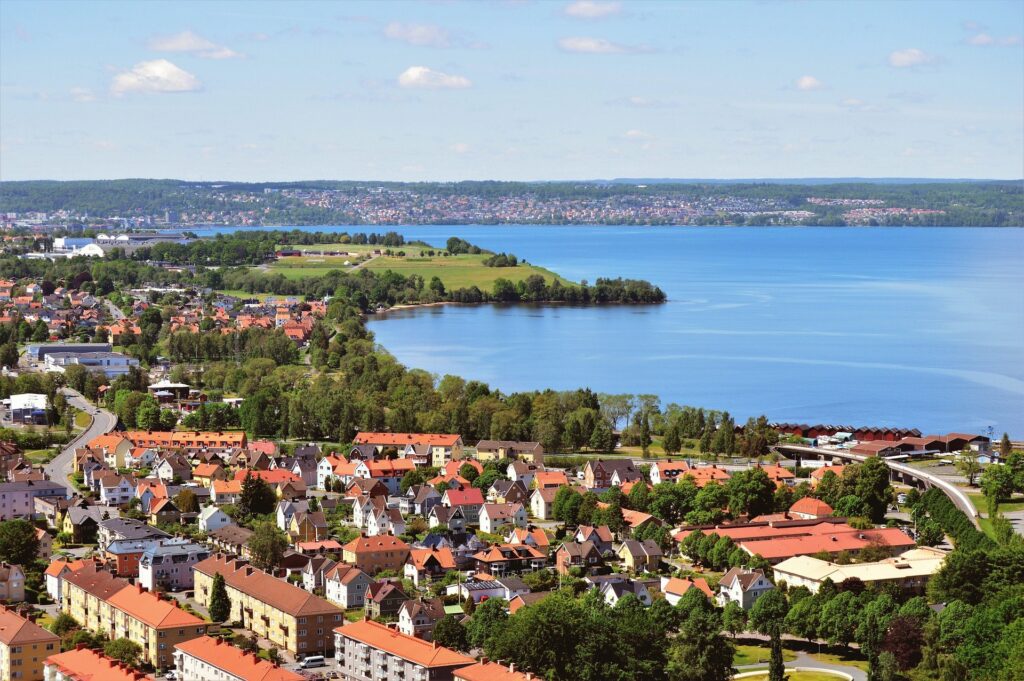
Jönköping is located on the highway between Stockholm and Gothenburg. The tourist blurb suggests that there is plenty to do around Jönköping. This includes things like the lake Vättern Biosphere Reserve, fishing, camping, hiking/biking trails, kayaking, and of course there is the safety match museum.
Kalmar is by the Baltic Sea near the Danish border and is surrounded by water. It was a fortified city and a stronghold for royal power (13th to the 17th centuries). At the center is the Kalmar castle, which was used to defend Sweden against invasions.
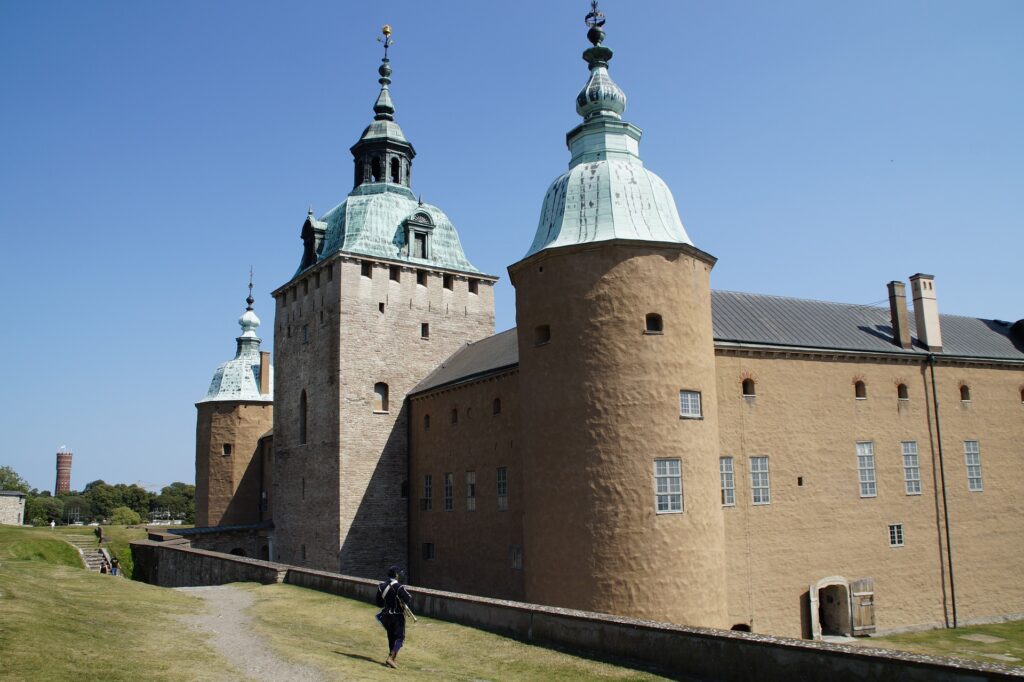
Älmhult is the home of Ikea. It is a city/town of about 9,000 and it houses both the Ikea Hotel and the museum. The museum is massive and showcases the design and history of Ikea. while the hotel is the only place you can stay in a room completely furnished with 100% Ikea products. They even have price tags and information about where to find them in the store!
The most important thing that we learned in all of out time in Sweden, is that Australians pronounce the most famous Swedish store (Ikea) incorrectly.
We typically call it (eye kee ah) but after much consultation we have learned that it is actually pronounced (ick ee ah).

Leaving Sweden ended up being quite the adventure, it wasn’t meant to be it just happened that way. Our day started at about 5am with a short (about 100m) walk to the central train station where we waited and boarded our fast train towards Oslo in Norway. All went swimmingly for the first couple of hours with some stunning Swedish countryside to be taken in.
Until the train ground to a halt in the town of Valsviken. Apparently there was an issue at the next stop (Karlstad) which meant that no train (from either direction) could enter. This meant that we all got kicked off the train and milled about at the wrong station waiting for buses to come and get us to drive us to the station that they couldn’t use.
Once at the broken station we then got ferried to the next town of Kil where we met up with the similar train going in the opposite direction. Apparently they had all been similarly dumped and bused and were wending their way to the train that we had just abandoned.
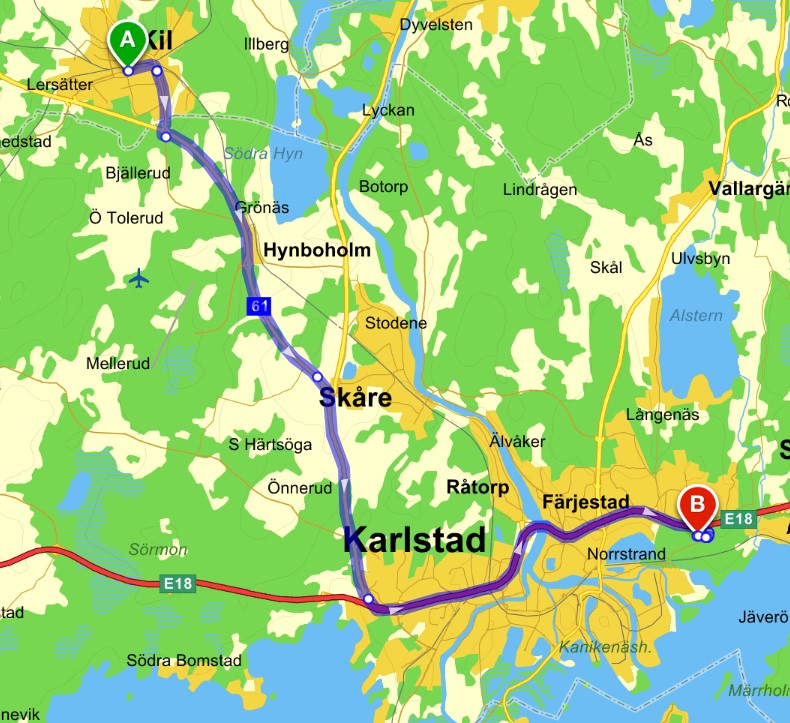
While it all seems fairly innocuous, the communication throughout was less than stellar and there was much milling about in the cold and the wind while confusion reigned supreme. Hundreds of people, not enough buses, poor communication and at least 7 languages in play made for an entertaining few hour delay and drama.
On the up side, we got to see even more of the amazing Swedish countryside and lakes. The place really is very pretty.






Sweden had a really nice feel to it. By all accounts, the real value of Sweden is not to be found in town but in nature. There are countless national parks and nature reserves in Sweden along with four biosphere reserves. A Biosphere reserves is an ecosystem of special scientific and natural interest that are left undisturbed. In addition to this there are the many rivers and lakes that we drove past that are visually just stunning. So I guess we have a reason to return.